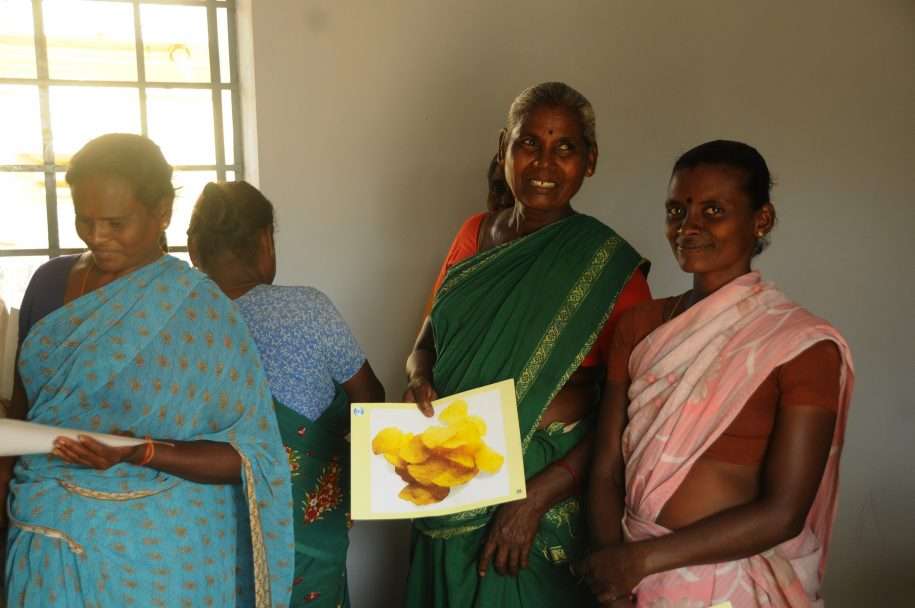In Part I and Part II of this blog, we made a case for FE by making the modules concise, cost-efficient and effective for the clients. In this blog we discuss the observations from the field that add to existing reasons presented by the government for financial inclusion and financial literacy education (FE).
Making the Case for Financial Literacy – Why is FE Critical for the Vulnerable Clients in India – Opinions from the Field (PART III)

By LEAD Research Team
According to NSSO (59th Round) data, nearly 51% of the farmer families are excluded from both formal and informal sources of finance. Exclusion is most acute in Central, Eastern and North-Eastern regions. Among non-cultivating households nearly 80% do not have credit access from any source. Only 36% of Scheduled Tribe (ST) and 49% of the Scheduled Castes (SC) and Backward farmer households have access credit and that too mostly informal. The National Rural Financial Inclusion Program (NRFIP) aims to open No-Frills Account (NFA) using the private and public bank networks, and encourage the Financial Literacy Education (FE) campaigns to achieve financial inclusion goals. However, our personal experiences after work in Bihar and UP shows that deep rooted segregation of based on caste groups makes the goals of financial inclusion much harder to achieve, and FE a dire necessity.
In India, with nearly 22.5% of the population designated as Scheduled Castes (SC) and Schedule Tribes (ST), it is this segment of the population that has low levels of general literacy at about 42% for SC and 34% for ST, especially in underdeveloped states of Bihar and Uttar Pradesh (Census 2001, India). According to the Human Rights Watch and the Yale Center for Human Rights and Global Justice (C, nearly 165 million people in India are discriminated against because of their caste (for more the caste system – http://en.wikipedia.org/wiki/Caste_system_in_India). NSSO data indicates that the median income for Dalits (SC) is nearly 38% lower in rural areas, and 70% lower in urban areas, compared to upper castes; nearly 37% of the Dalits under the poverty line compared to only 10.8% of the upper castes. Based on a survey of 348 villages by Untouchability in Rural India, only 18% of the Dalits were able to gain entry into a public health care facility, and 21% were given no entry into private health centers. Blatant discrimination occurred when trying to access services from government agencies such as post offices and banks, or gain entry into schools. According to UN Committee on the Elimination of Racial Discrimination, Dalits are still involved in dangerous, physically and mentally damaging occupations like manual scavenging, bonded labor, child labor and other vicious social arrangements, which are difficult to break due to long standing social norms.
In our personal experience, nearly all villages we have been to in Bihar and Uttar Pradesh, have clearly demarked areas where people of different castes live. Those from the SC and ST communities often live on the outskirts of the village, in kuccha (non-cemented) huts, with limited financial and household resources, compared to those from the upper castes who live in bigger pucca (cemented) houses with a pucca roof, often with all basic household amenities.
We notice similar patterns with land ownership, education attainment, access to financial services and products, access to work opportunities, and other common indicators leading to better life outcomes. Substance addiction, lack of nutritious food, infectious diseases are common problems that plague these communities, further pushing them to take on expensive debt from loan sharks.
Low literacy levels often lead to limited financial awareness; low financial literacy remains to be a significant policy concern because low levels of financial literacy are associated with and often cause adverse financial outcomes (Xu & Zia, 2012). For these groups, having limited access to financial institutions and limited knowledge about financial services and products may further push them into a perpetual cycle of indebtedness and financial ruin, making it harder for them to break discriminatory social barriers.
Financial literacy education (FE) is a time consuming and a potentially expensive exercise. Despite these challenges, FE might provide a viable means to increasing knowledge about financial products and services, potentially increasing savings and at some point in foreseeable future improving the financial well-being of communities in dire need for such help. Therefore, costs, logistics and so on are formidable but fixable challenges, and bowing out of FE due to these challenges is not recommended for institutions already providing or planning on providing FE, especially to these communities.




